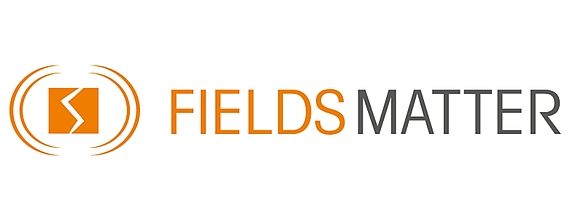Electro-plastic deformation of Al-Cu eutectic alloys
Topic
The ultimate aim of the project “Electro-plastic deformation of Al-Cu eutectic alloys” within the SPP “Manipulation of Matter Controlled by Electric and Magnetic Fields: Towards Novel Synthesis and Processing Routes of Inorganic Materials” is to unravel some of the underlying mechanisms facilitating enhanced plasticity during electro-mechanical deformation in otherwise brittle materials. To this end, an integrated computational materials engineering (ICME) approach is pursued by coupling a range of characterization techniques with mechanism-based multi-scale simulations in Al-Cu eutectic alloys. A better understanding of the electro-plastic effect in these alloys enables novel processing routes for more general metallic-intermetallic composite materials and thereby widening the technological application of this versatile class of materials.
Complementary experimental and theoretical investigation of the electro-mechanical deformation behaviour of Al-Cu eutectic alloys are performed with the aim to enhance the strength and formability of cast Al-Cu eutectic alloys. Specifically, we synthesize Al-Cu alloys with varying microstructures using rapid alloy prototyping and characterize their electro-mechanical behavior. Further, in-situ microscale electro-plasticity experiments using nano-indentation and micropillar compression are performed to shed light on the influence of the electro-plastic effect in the different microstructural constituents. Meso- and microscale microstructure characterization using scanning electron microscopy, conventional and high resolution transmission electron microscopy, and atom probe tomography are performed to investigate the local microstructural influence of the electro-plastic effect and correlate it with the macroscopic mechanical properties. All experimental data are used as input and validation parameters for multi-scale simulations of the electro-plastic effect. Here the constitutive theory developed by Conrad et al. for the electron wind contribution to the plastic strain-rate is initially be used to adapt existing crystal plasticity constitutive laws. Additional factors such as joule heating and its effect on thermal expansion and softening will also be considered. The computational implementation is performed within the flexible simulation toolkit DAMASK, and is applied to study the electro-mechanical deformation mechanisms in relation to the underlying microstructure of the Al-Cu alloys.
Contact person(s)
Prof. Dr. Sandra Korte-Kerzel | PD Dr. Franz Roters | Dr. Stefanie Sandlöbes |
|---|---|---|
RWTH Aachen University Institute of Physical Metallurgy and Metal Physics | Max-Planck-Institut für Eisenforschung | RWTH Aachen University Institute of Physical Metallurgy and Metal Physics |
Kopernikusstraße 14 52074 Aachen | Max-Planck-Str. 1 40237 Düsseldorf | Kopernikusstraße 14 52074 Aachen |
Tel: (+49) 241 80 26860 | Tel: (+49) 211 6792 393 | Tel: (+49) 241 80 26869 |
Fax: (+49) 241 80 22608 | ||
Proj.-Nr. KO 4603/6-1 | Proj.-Nr. SH 947/1-1 | Proj.-Nr. SA2251/5-1 |

